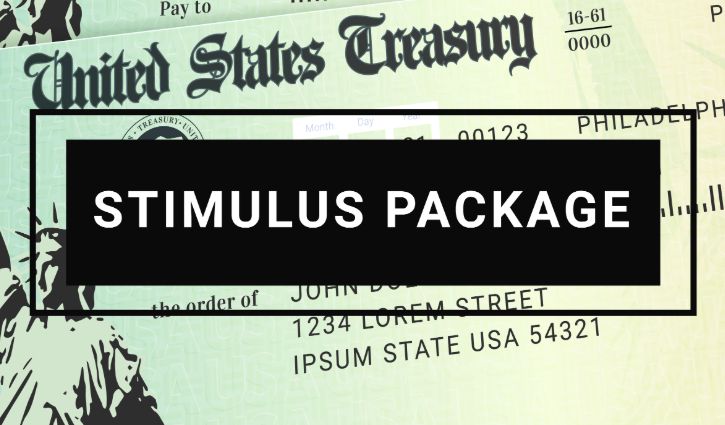
Understanding the $900B Stimulus Package
On Monday, Dec. 21, 2020, Congress passed an emergency stimulus package designed to deliver approximately $900 billion in COVID-19-related aid. On Sunday, Dec. 27, 2020, President Donald Trump signed the bill into law. The bill was part of a $1.4 trillion spending package that will keep the government open for the fiscal year.
Notably, the bill provides funding for unemployment benefits, small businesses, direct economic payments to individuals, vaccine distribution and rental assistance. This article provides an overview of what is included within the emergency relief bill.
UNEMPLOYMENT BENEFITS FUNDING AND EXTENSION
The bill includes funding for unemployment benefits for out-of-work Americans. Specifically, this bill allows unemployed Americans to receive $300 per week in federal funding in addition to the existing unemployment aid they may be collecting from their state, if those state-level benefits have not already run out. The additional unemployment benefits and extensions included within this bill would provide aid for 11 weeks from their expiration at the end of December 2020 through at least March 14, 2021.
Initial COVID-19 relief for unemployment benefits was introduced by the Coronavirus Aid, Relief, and Economic Security (CARES) Act, which was enacted on March 27, 2020. The CARES Act provided funding for states to waive any waiting week requirements for unemployment income (UI) benefits during the COVID-19 pandemic and to provide an additional $600 per week to all individuals receiving UI benefits for weeks of unemployment ending before July 31, 2020. President Trump signed a memorandum to extend a portion of unemployment wages after the initial $600 per week expired.
Additionally, the bill includes an extension of Pandemic Unemployment Assistance (PUA). PUA is a program that allows workers who are not traditionally eligible to receive unemployment benefits, including self-employed and gig workers, to do so. An 11-week extension in base benefits through this program is also included within the bill.
AID FOR BUSINESSES
The bill includes approximately $325 billion in funding to the Small Business Administration (SBA) to assist U.S. businesses that have been affected by the COVID-19 pandemic.
Specifically, the bill allocates $284 billion in funding to replenish the Paycheck Protection Program (PPP), which provides forgivable small business loans to eligible applicants. Under the bill, certain firms that had already applied for, received and exhausted PPP funds will be eligible to apply for another PPP loan. To be eligible for a second PPP loan, a small business must have less than 300 employees and have sustained at least a 30% loss in revenue during any quarter of 2020. Additionally, small 501(c)(6) organizations with 150 or fewer employees that are not lobbying organizations would be eligible for a PPP loan with this round of funding.
Members login to access full article